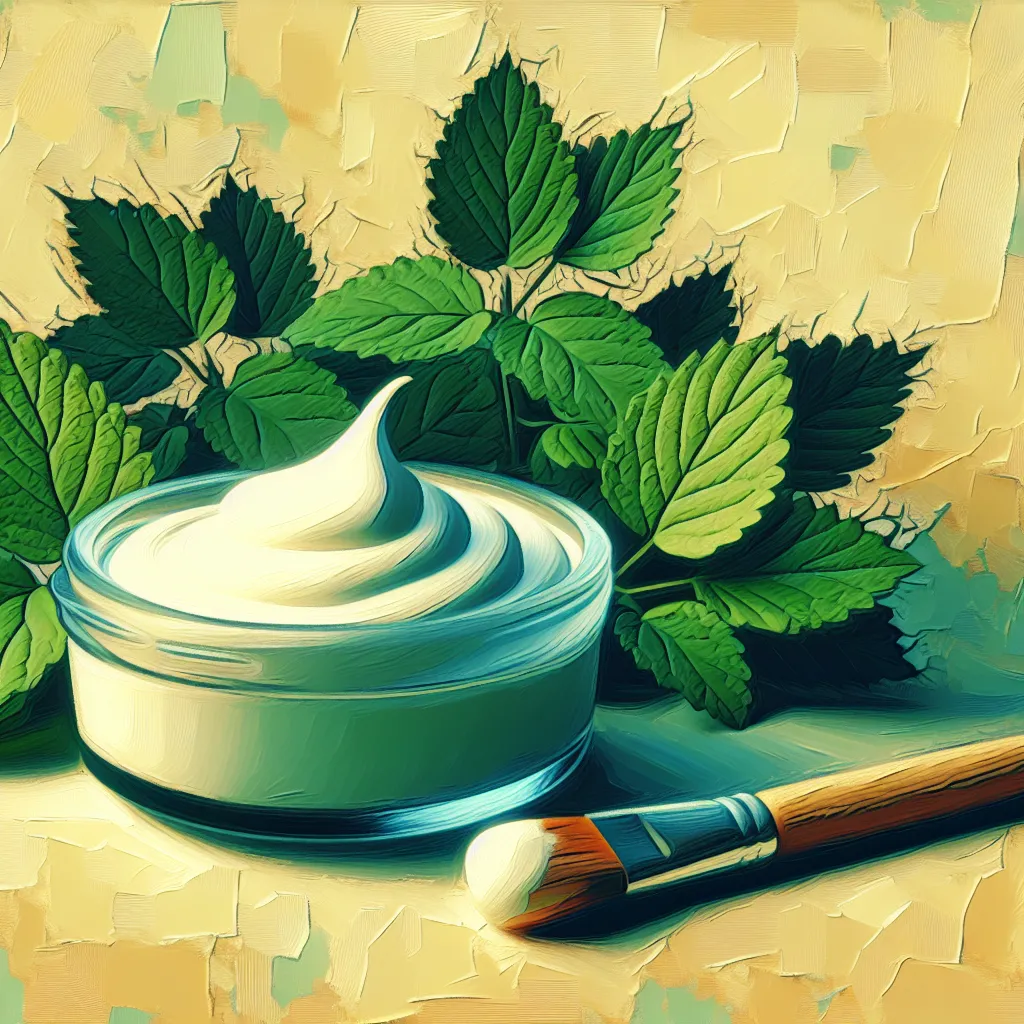
- Published on
- Authors

- Name
- Plant Health
Using Lemon Balm to Create a Soothing Herbal Cream for Skin Irritations
Skin irritations, whether from allergies, insect bites, or minor wounds, can be both uncomfortable and persistent. Lemon Balm (Melissa officinalis), known for its calming and anti-inflammatory properties, offers a natural remedy. Let’s delve into the methodology of harnessing this powerful plant to craft a soothing herbal cream.
Understanding Lemon Balm: The Healer’s Herb
Lemon Balm is a perennial herb from the mint family renowned for its subtle lemon scent and broad medicinal uses. Its ability to calm the nerves, relieve insomnia, and treat skin ailments make it a multi-functional healer.
Active Compounds
- Rosmarinic Acid: Exhibits anti-inflammatory and antioxidant effects.
- Eugenol: A potent antiseptic and anti-inflammatory agent.
- Tannins: Helps in wound healing by creating a barrier to infection.
- Terpenes: Provides soothing effects and helps in skin repair.
Benefits for Skin
Lemon Balm's phytochemical constituents render it effective in:
- Alleviating redness and irritation.
- Promoting faster healing of minor wounds.
- Moisturizing dry or chapped skin.
- Combatting bacterial and viral infections on the skin.
Ingredients for the Herbal Cream
To create a potent Lemon Balm cream, you’ll need the following:
- Fresh or dried Lemon Balm leaves (1 cup)
- Carrier oil (e.g., Olive Oil, Sweet Almond Oil) (1/2 cup)
- Beeswax (1/4 cup)
- Shea Butter (2 tablespoons)
- Essential Oils (optional, e.g., Lavender, Chamomile)
- Vitamin E Oil (1 teaspoon) - acts as a preservative
Equipment
- Double boiler or a heat-safe glass bowl over a pot of boiling water.
- Clean glass jars for storage.
- Cheesecloth or a fine-mesh strainer.
Step-by-Step Tutorial
Infusing the Oil:
- Place the Lemon Balm leaves in a jar and cover them with the carrier oil.
- Seal the jar tightly and let it sit in a sunny spot for at least 4 weeks, shaking it occasionally. For a quicker method, use a double boiler to heat the leaves and oil over low heat for 1-2 hours.
- Strain the oil through a cheesecloth into a clean container.
Melting the Base:
- Using a double boiler, melt the beeswax and shea butter over low heat.
- Once melted, slowly add the infused Lemon Balm oil, stirring continuously until the mixture is homogenous.
Blending:
- Remove the mixture from heat and allow it to cool slightly.
- Add the essential oils and Vitamin E oil, stirring to combine well.
Setting the Cream:
- Pour the mixture into clean glass jars while still warm.
- Let the cream cool and solidify at room temperature.
Storage:
- Store the cream in a cool, dark place. For best results, use within 6-12 months.
Application and Usage
Apply a small amount of the Lemon Balm cream to the affected area 2-3 times daily. This cream is gentle enough for use on minor cuts, abrasions, insect bites, and eczema-prone areas.
Precautions and Considerations
- Conduct a patch test before using the cream extensively to ensure there are no allergic reactions.
- Avoid applying the cream to deep wounds or severe burns without consulting a healthcare professional.
Conclusion
Crafting your own Lemon Balm cream is not only therapeutic in itself but offers a reliable, natural alternative for managing skin irritations. Embrace the wisdom of blending age-old botanical knowledge with modern therapeutic practices and revel in the soothing embrace of nature's pharmacy.
By understanding the meticulous synergy of ingredients and their interactions, you can amplify the healing power of Lemon Balm, nurturing your skin naturally and holistically.
